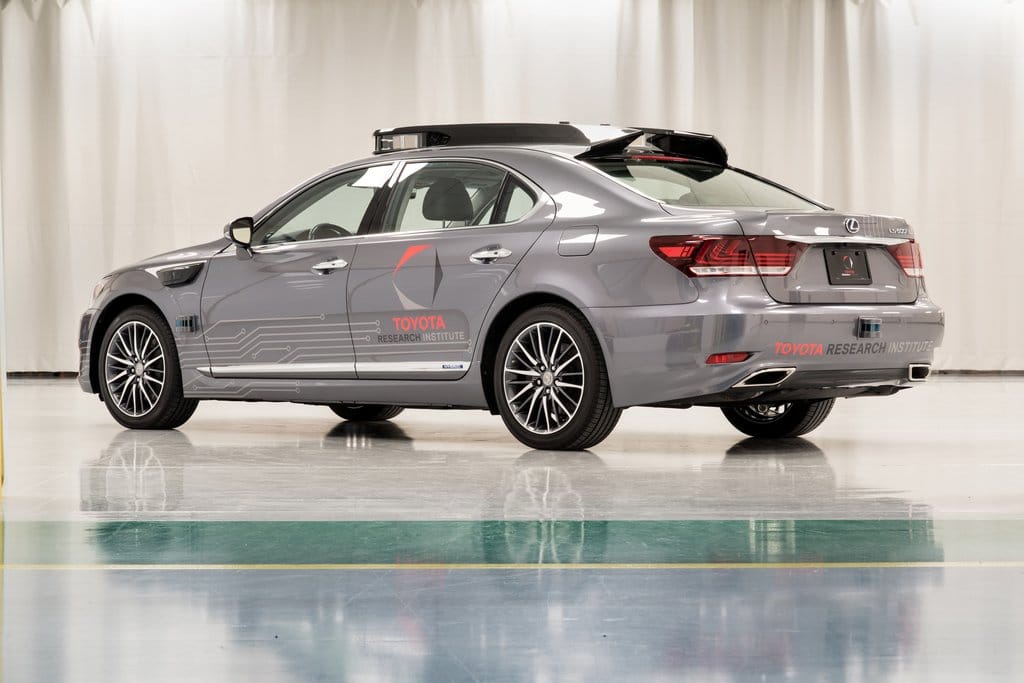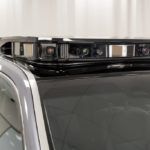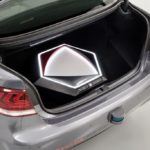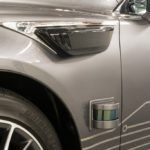The Toyota Research Institute (TRI) will present Platform 3.0 at the 2018 Consumer Electronics Show in Las Vegas, Nevada. Platform 3.0, built on the Lexus LS 600hL, is Toyota’s latest autonomous research vehicle, one noted as both technologically advanced and stylish.
“Our team has once again rapidly advanced our automated vehicle research capabilities,” said Dr. Gill Pratt, TRI CEO and Toyota Motor Corporation Fellow. “To elevate our test platform to a new level, we tapped Toyota’s design and engineering expertise to create an all-new test platform that has the potential to be a benchmark in function and style.”
Threefold Approach
TRI approached Platform 3.0 with three fundamental principles: Elevate perception capabilities and be an industry leader in automated vehicles; blend the sensing equipment into the vehicle’s design with a distinct appearance that is sleek and elegant; and package the automated technology in a manner that is easy to reproduce for building an entire fleet at scale.
“Experimentation has transitioned to narrowing in on a technology package with a more defined sensor configuration and level of performance that helps catapult proficiency in understanding the world around the car,” reads a statement from TRI.
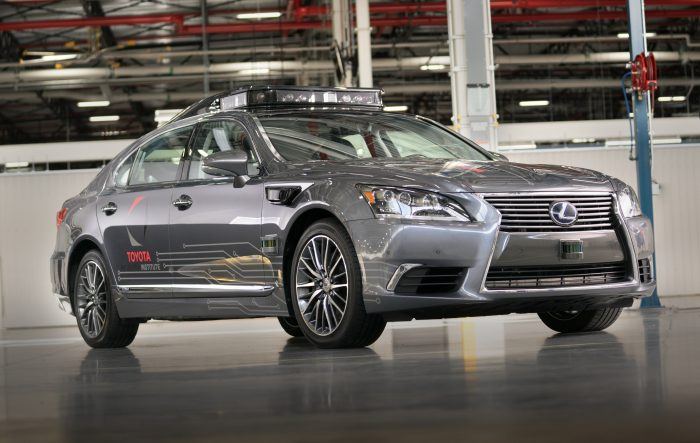
Perception Technology
Vehicle perception technology can best be described as eyes for the car. Much like we humans have senses for sight, sound, touch and so on, an automated vehicle needs the same “sensory” attributes. This is where cameras, sensors, and LiDAR come into play – these components are essentially the car’s ability to see and understand what is taking place around it. Platform 3.0 has a 360-degree Luminar LiDAR system with a range in excess of 650 feet. The system utilizes four high-resolution LiDAR “scanning heads,” which detect objects around the car, including notoriously difficult-to-see dark objects.
Shorter-range LiDAR sensors are also positioned low and on all four sides of the vehicle – one in each front quarter panel and one on the front and rear bumpers. These can detect low-level and smaller objects like children playing or unexpected debris. A good analogy on how LiDAR works is to think of bats. The flying creatures use a similar process with sound waves to navigate, often called echolocation by scientists.
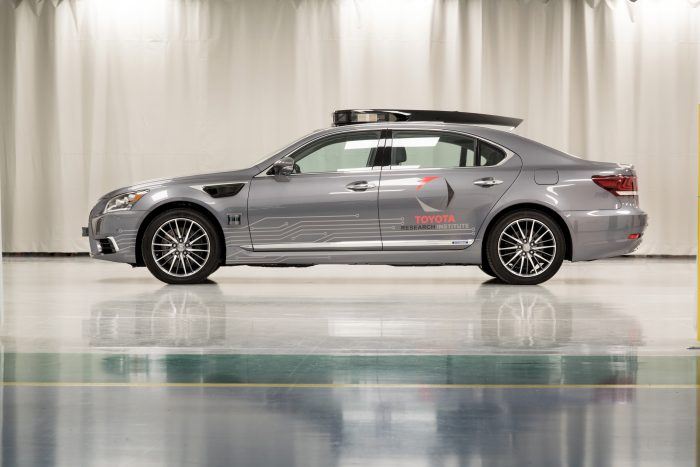
Styling & Design
Not only does Platform 3.0 need to function, but it needs to look the part. CALTY Design Research in Ann Arbor, Michigan and engineers at Toyota Motor North America Research and Development (TMNA R&D) were tasked with this responsibility.
By creating a new weather and temperature proof rooftop panel, they cut overall height. CALTY used motorcycle helmets to inspire the design of the panel, later deemed as “intelligent minimalism.” The end goal was a crisp, fluid, and aerodynamic look.
The team further worked to conceal the sensors and cameras, and eliminate the “bolt-on” look many autonomous test vehicles sport today. The computational architecture for operating the automated components once took up the entire trunk, but not now.
The electronics infrastructure and wiring was condensed into a small box. It’s autographed accordingly with an LED-lit TRI logo.
Production & In Person
The Prototype Development Center at TMNA R&D in York Township, Michigan specializes in low volume production. Starting this spring, the facility will produce Platform 3.0 cars from stock Lexus LS models.
In the meantime, Platform 3.0 will be on display at CES in Las Vegas, starting January 9th through the 12th.
Carl Anthony is Managing Editor of Automoblog and resides in Detroit, Michigan. He studies mechanical engineering at Wayne State University, serves on the Board of Directors for the Ally Jolie Baldwin Foundation, and is a loyal Detroit Lions fan.
Photos & Source: Toyota Motor North America.

